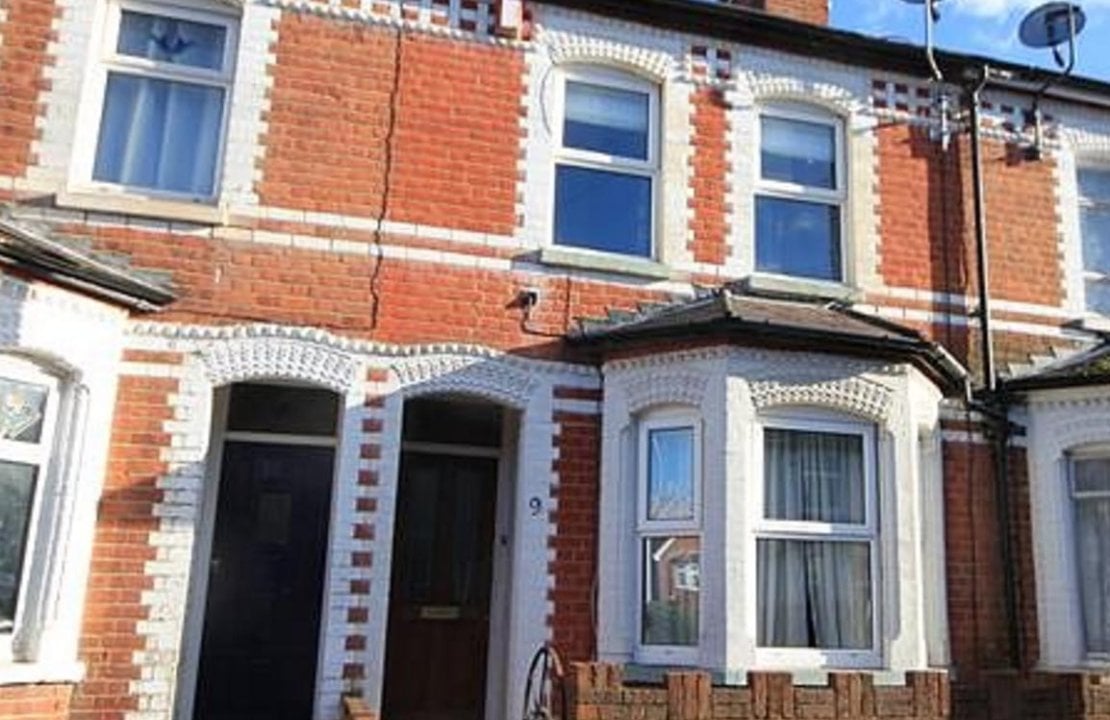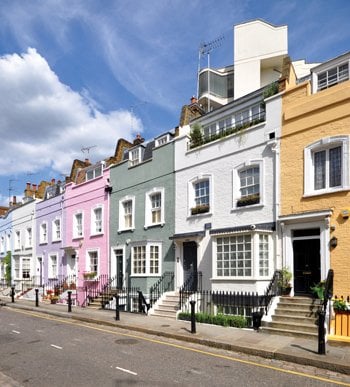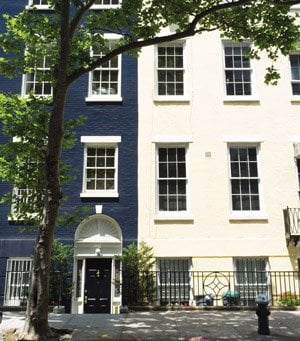This is especially true if it is a listed building, which usually means it is of notable historic interest or designed by a famous architect. You may be the 10th or 20th inhabitant of a house that has been lived in by many people so it’s important that you at the very least you don’t do it any harm and that you keep it well maintained, ready for the next generation of owners.
There are some important rules to remember when owning a Victorian home or period property. If you operate within these, you are unlikely to make a major error, which would impact on the beauty, lifespan and value of the house.
What should I avoid doing to my period property?
- Do not buy a period house unless you actually like period houses. It sounds obvious but if you do not admire the period of the architecture and do not like the features of the house, you are unlikely to act in the house’s best interest from a preservation point of view.
- Do not buy a period house in a terrible state of repair for a price that does not reflect the amount of money that needs to be spent on it, and are then unable to do the work required to keep it ‘healthy’. This could lead to catastrophic issues arising that are then not cost effective to remedy.
- Do not knock it down without good reason – such as it being economically unviable to save (at least without consulting your local council about what permissions you may need). This could well have serious financial consequences for you and be an architectal loss to your local community as seen here.
- When owning a Victorian home, do not make structural alterations to the house without consulting your building inspector about whether you need to apply for Building Regulations approval first.
- Do not replace original wooden windows with upvc or aluminium windows.
- Do not pebble dash the outside of the house – if the bricks are damaged and you need to address this, they can usually be repaired or replaced, with like for like or with brick slips.
- Do not add on a plastic conservatory - if you want to add on a conservatory make sure it is a quality building fabricated from wood and matching the period of the house.
- Do not remove period features. If they are damaged beyond repair, you need to replace them with the best copies you can find in materials similar to the originals. Do not be tempted to use mdf skirting/architrave or polystyrene ceiling roses for example. Genuine wooden and plaster mouldings are relatively inexpensive and should last at least another 100 years as long as you have no damp in your room.
- Do not rip up damaged original tiled floors. You should be able to source replacements for any damaged or broken tiles and if you don’t like the design, you can lay floor boards or carpets over them. The next owner may love the tiled floor and replacement tiled floors can cost many thousands of pounds.
What must I do with my period home?
- Find out as much as you can about houses from the same era. This will give you a good understanding of why your house is as it is and ensure any work you carry out is sympathetic. The Victorian House Explained (England's Living History) by Trevor Yorke, available on Amazon is a great place to start
- When planning any major works such as extensions or loft conversions, have a chat with some local estate agents to make sure you are adding value to the house and that this will be a good investment. Try to find an architect to help you with these projects who is willing to design an extension in keeping with the period of the original house. The type of extension which could provide the most return on your money is one that is virtually imperceptible as a new addition once completed.
- When you are making changes to the property, consider whether these are in keeping with the age of the property.
- Owning a Victorian home means keeping the house well maintained and in a good state of repair – this will save you money further down the line.
- Make sure that any damp issues are resolved quickly so as to avoid the damp spreading and causing rotting timbers and joists. These can damage the fabric of the house and results in a lot of work and cost to replace. They can also lead to further damage and potential injuries caused by, for example, unsafe floors and roofs.
- Resolve any woodwork or rot issues as soon as you discover them before they cause catastrophic damage to the structure of the house.
- Use a historic colour palette such as Farrow and Ball when choosing paint colours.
- Feel free to create a kitchen in a modern style if this is your preference. Period style kitchens are never going to be true to the historic period unless you install mangles and coal burning stoves, so are outside the normal rules.
As you can see, owning a Victorian home is a responsibility. So, buy a house you adore – this will ensure that you always do the best for it and that it’s a house you always love coming home to.



Be the first to add a comment...